Data centers, factories, wastewater treatment plants, buildings, and other facilities generate significant amounts of heat that is often wasted. In Warsaw, the waste heat has the potential to heat up to 380 thousand homes. Utilizing this resource has become necessary in light of the current energy crisis, as highlighted in the report “Excess Heat: The largest untapped energy source” prepared by Danfoss experts.
The potential of excess heat
The report’s authors liken unused excess heat to banknotes lying on the ground, which most people would pick up. However, we allow excess heat to simply dissipate without attempting to reuse it in buildings or industries.
The amount of excess heat generated in the EU alone is 2860 TWh per year, which is almost equal to the total heating and hot water demand in residential and utility buildings across the EU. Implementing technologies for recovering excess heat could lead to savings of approximately EUR 67.4 billion if fully adopted by 2050. Importantly, excess heat can replace significant quantities of fossil fuels.
How to make use of excess heat?
Excess heat can be repurposed to provide heating and hot water for the facility that generated the heat or transmitted to nearby homes and industrial buildings through a district heating system.
The report presents specific solutions from Denmark, Germany, Ireland, and Poland. For example, in a Dublin data center, excess heat is used to warm public spaces, commercial areas, or apartments.
Local governments in Poland are already making plans to utilize excess heat. One such example is the Mayor of Sanok, Tomasz Matuszewski, who is implementing an energy transition program in the city based on renewable energy sources (RES) and hydrogen. The heat generated during hydrogen production through the electrolysis process will be supplied to the district heating system, reducing living costs.
The cleanest form of energy efficiency
– Using excess heat is the cleanest form of energy efficiency – emphasises Justyna Glusman, the head of the Renovation Wave Association. However, there are barriers hindering the utilization of excess heat, such as the lack of information, suitable legal regulations, and financial incentives. It is also crucial to coordinate cooperation between local authorities, energy suppliers, and energy sources to fully exploit the potential of excess heat.
Despite the challenges, excess heat is gradually being used on a broader scale by industrial plants and local governments where it is available. Instead of wasting the generated energy, this solution helps meet climate and environmental targets while providing cost savings.
The district heating industry should become “greener”
Industrial centers are considered the largest sources of excess heat in the EU. It has been noted that excess heat generated by heavy industry in the Union exceeds 267 TWh per year. This is more than the total amount of heat generated in 2021 by Germany, Poland, and Sweden combined. Even when considering only sources of excess heat with temperatures above 95°C located within a 10 km radius of existing district heating infrastructure, the potential amounts to 64 TWh. This represents approximately 12 percent of the total electricity supplied to district heating systems in the EU each year.
It has been estimated that one liter of wastewater, with a temperature difference of 10°C, can generate 35.37 Wh of energy. This amount can power a 40-Watt light bulb for approximately one hour or an LED lamp for up to seven hours.












